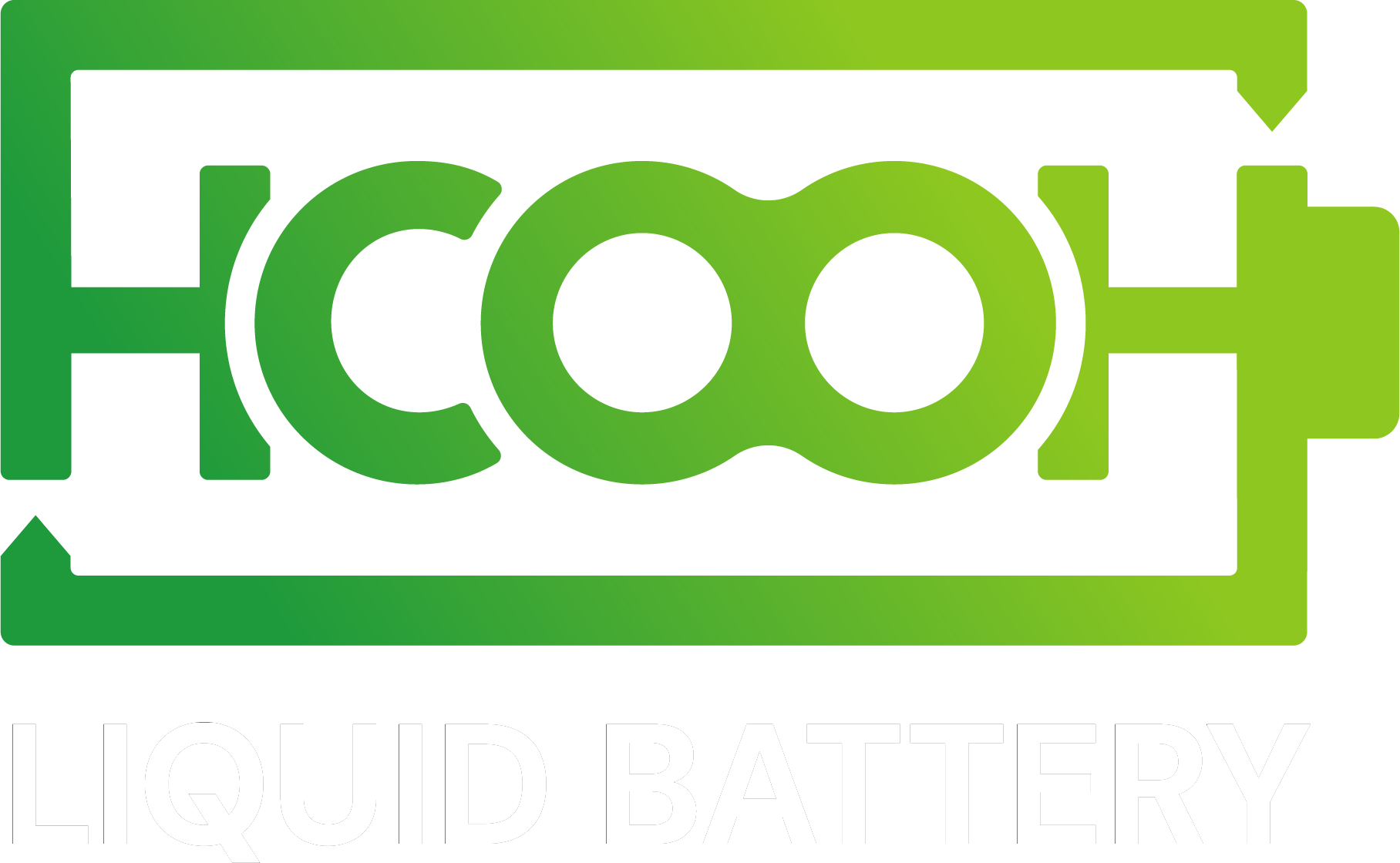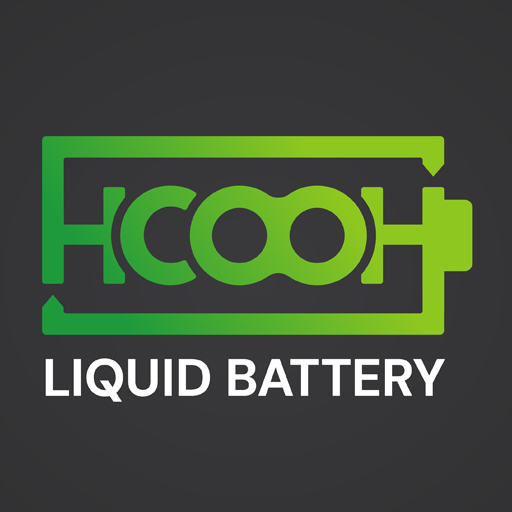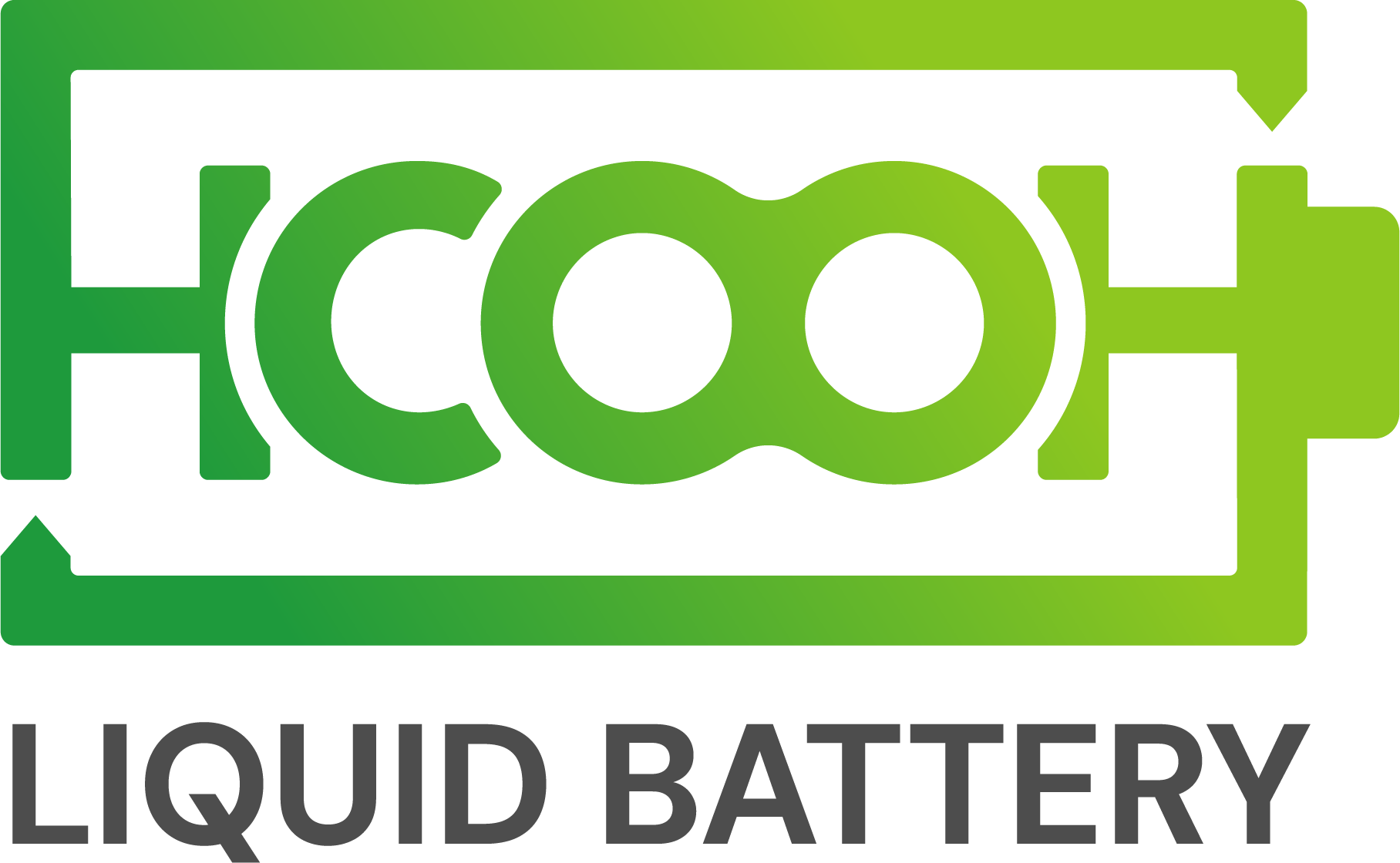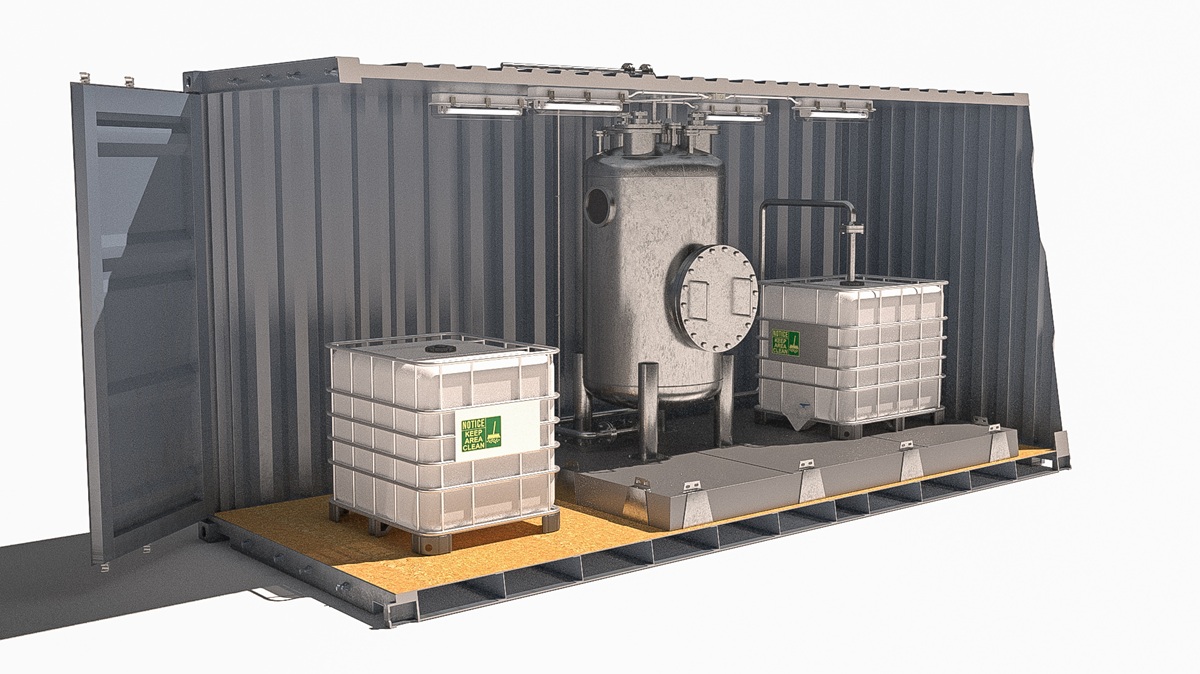Formic acid is the fuel of the future: Why is HCOOH more beneficial than batteries?
Formic acid-based electric cars can represent a real alternative in the future of transport. Batteries, especially in electric cars, are already widespread, but their disadvantages are increasingly coming to the fore, especially in terms of manufacturing processes and environmental impact. On the other hand, formic acid offers attractive possibilities as an alternative fuel, mainly due to its environmentally friendly properties and cheap production.
The battery drive was a significant technological breakthrough in the automotive industry, but their production involves a heavy environmental burden. The mining of rare earth metals required for the production of batteries is a serious environmental damage activity, as it involves the use of huge amounts of energy and water. The production of batteries can lead to soil and water pollution, which poses environmental problems.
The weight of the batteries is also a problem, as cars have to carry heavy battery packs, which increases the weight of the vehicle and therefore also its consumption. The efficiency of electric cars is limited in part by the extra weight generated by huge battery packs, which can also affect range. In addition, the lack of charging infrastructure still hinders the widespread adoption of electric cars. In many places, there are not enough charging stations, and the existing networks are not always able to serve the increased demand quickly and efficiently.
Of course, let’s not forget the price of electric cars, as an important element that inhibits growth.
In addition, the electricity required for electric cars is often produced from non-renewable sources. Although electric vehicles themselves do not emit any pollutants during transportation, the electricity they need is often generated from fossil fuels such as coal or natural gas. This casts doubt on the true environmental friendliness of electric cars.
“On the other hand, formic acid-based propulsion has several advantages that make it a promising alternative to batteries. “
Formic acid is a cheap and easy-to-produce compound that can be created in an environmentally friendly way, using renewable energy sources. Energy can thus come from sustainable sources, which contributes to the reduction of carbon dioxide emissions and climate protection.
Another advantage of formic acid is that it is not necessary to carry heavy battery packs, which makes vehicles lighter and more efficient. This solution involves significantly less weight, which increases the efficiency of the cars and also improves their range. Formic acid is a harmless liquid that can be easily transported and used anywhere.
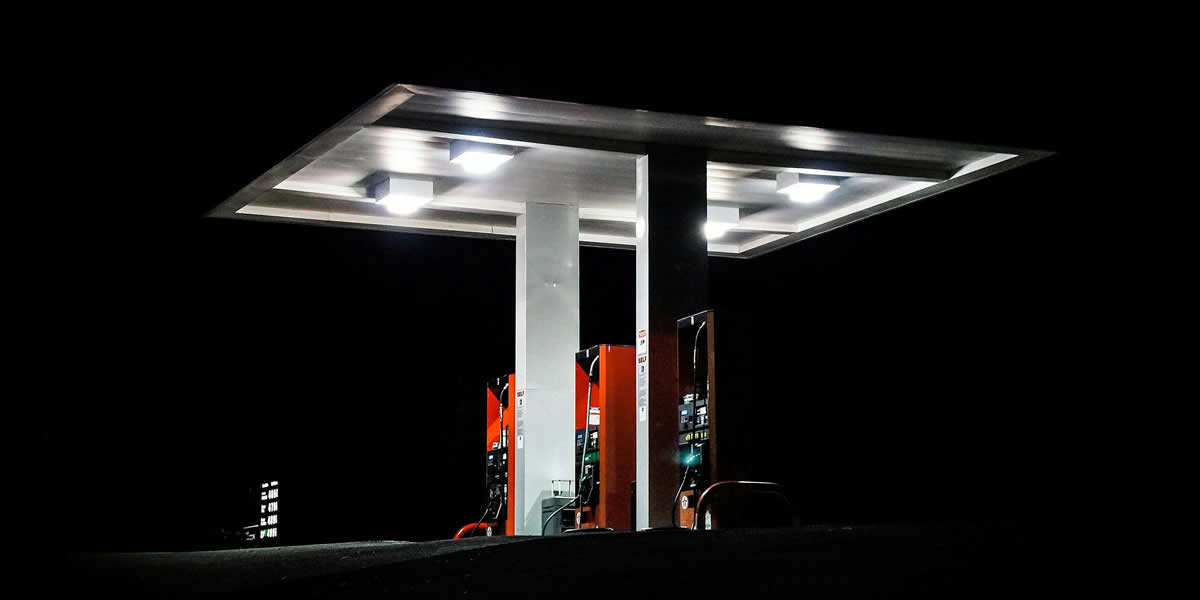
The existing network of charging stations can also be used to charge formic acid, which significantly facilitates the introduction of the technology. There is no need to install new, expensive charging stations, as is the case with battery cars, and storing and transporting energy is much easier and safer. This avoids the construction of complicated and expensive new infrastructure, which is unavoidable in the case of electric cars.
Overall, formic acid propulsion offers an environmentally friendly, cost-effective and sustainable alternative to battery technology, especially for those looking for a longer-term, safe and economical solution to making the automotive industry more sustainable. However, the challenges of the future depend not only on technological issues, but also on the fact that decision-makers recognize the positive possibilities inherent in technology.
The responsibility of decision-makers is outstanding in the spread of formic acid-based drive, as they shape the regulatory framework and encourage the development of sustainable technologies. Innovative fuels such as formic acid offer an environmentally friendly alternative, but require government support and incentives for research, development and infrastructure. The role of decision-makers lies not only in providing incentives, but also in ensuring the safe and widespread use of formic acid propulsion with appropriate regulations, thus promoting the promotion of green technologies.
